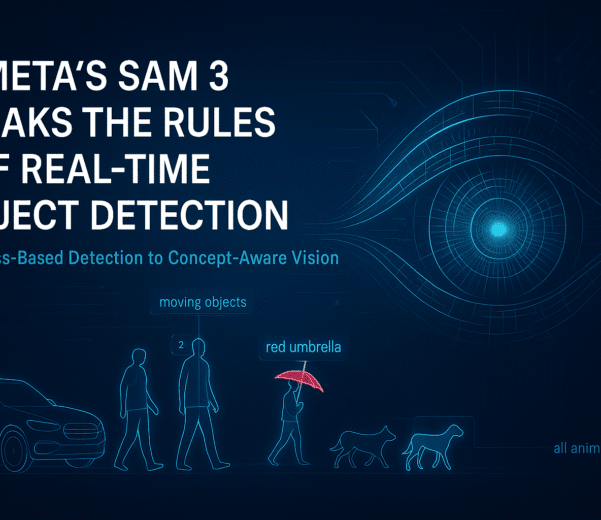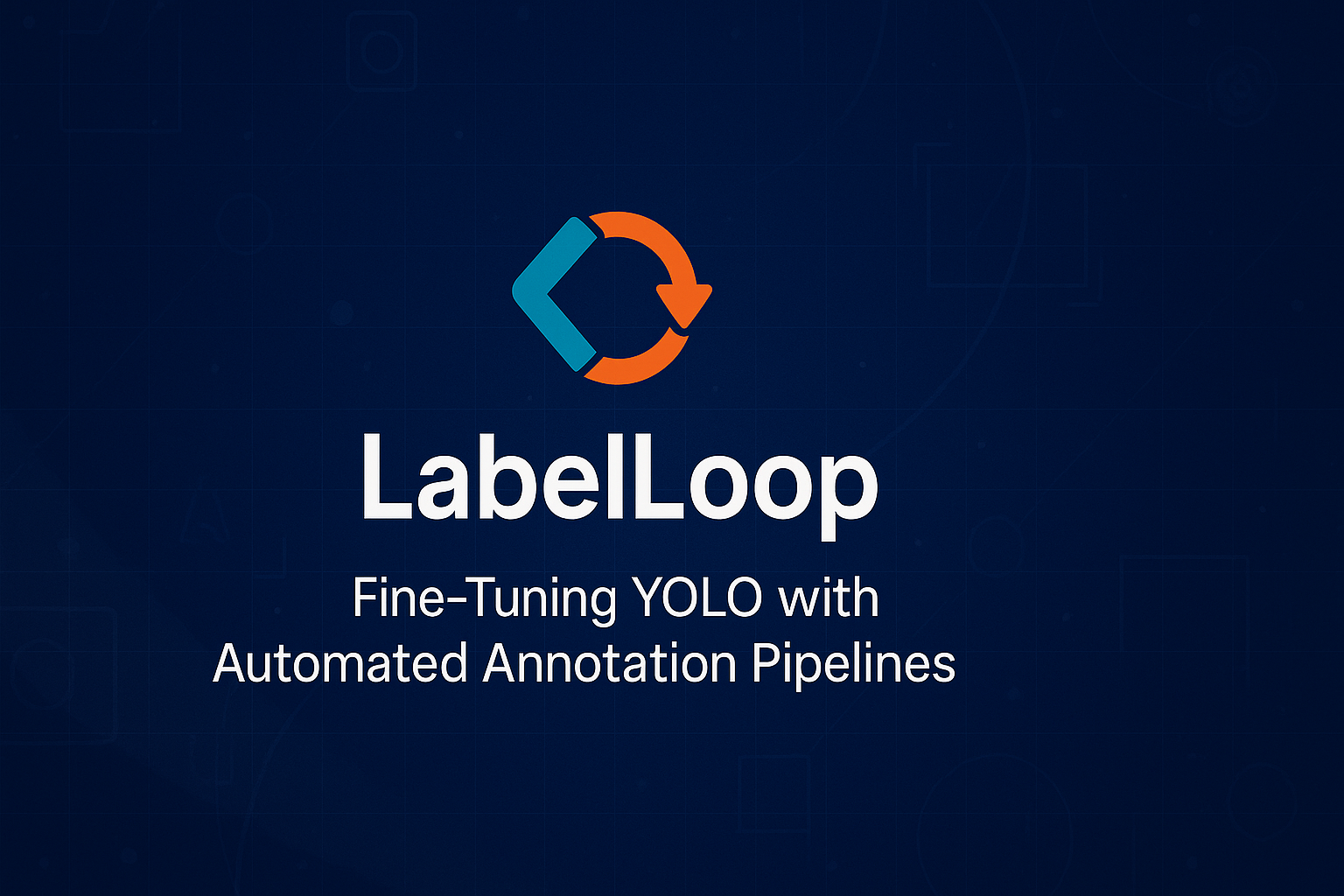For all data scientists venturing into computer vision and developing custom vision models for a variety of applications, we require a simple and fast labelling tool for creating datasets that ensure the training data is of sufficient quality to not impair the performance of Deep Learning algorithms.
Numerous organizations provide services to annotate data for you or charge for software that automates this process. Nonetheless, the emphasis here is on currently accessible open-source technologies. Each instrument is well-suited to its intended use. Although being acquainted with various tools is desirable, understanding which tool will perform the finest for the project and how to use it properly is the aim [1]. In addition to project management features, automation, intuitive user experience, cloud and private APIs, and downloadable annotation file formats, these systems vary in several important ways. We will look at some of the most often used annotation tools for object identification and tracking. Mosaic has expertise in developing computer vision applications utilizing many of these technologies.
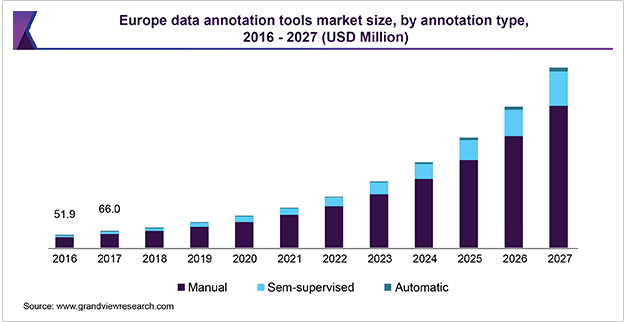
A critical component of every machine learning effort is the development of a high-quality data source. In practice, this frequently takes longer than the actual training and optimization of hyperparameters. Thus, it is critical to choose a suitable instrument for labelling [2]. We’ll take a deeper look at some of the top image labelling tools available for Computer Vision applications in this section:
- LabelImg
- CVAT
- VOTT
- Labelme
- RectLabel
To fully exploit modern computer vision technologies, we must typically monitor deep learning models using annotated data. If we wish to use computer vision methods like as object detection on a new dataset to identify our unique objects, we’ll need to collect and categorize photographs containing specific occurrences of these things.
1. Labellmg
Labellmg is a free and open-source image processing besides labelling tool for annotations. It is developed in Python and has a graphical user interface built on the QT framework. It’s a quick and easy way to label images. The easiest method to get LabelImg is through pip, which requires Python 3. Type pip3 install at the command prompt. Then, at the command prompt, enter labelImg to start the program. Labellmg accepts VOC XML or YOLO text files for labelling. VOC XML is a more uniform format for object recognition.
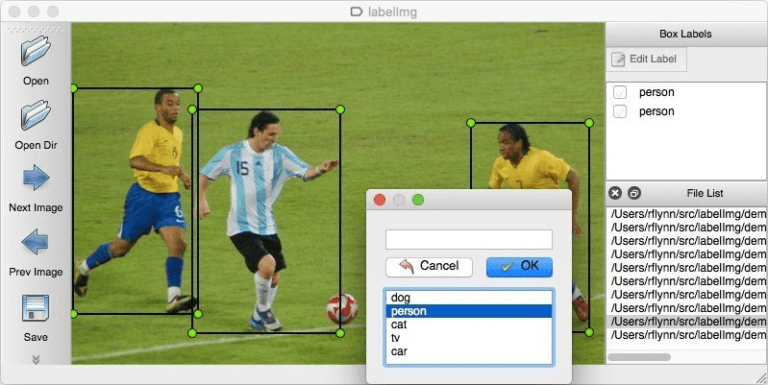
2. Computer Vision Annotation Tool (CVAT)
Intel developed the CVAT, a free image annotation application. Additionally, it is free and open source. CVAT is a simple-to-use program for creating bounding boxes and pre-processing your computer vision dataset for modeling. CVAT may also be used as a tool for video annotation, semantic segmentation, polygon annotation, and other activities [3]. Although the CVAT platform has several problems, including the following:
- Each user was assigned a maximum of ten assignments.
- A maximum of 500 MB of data may very well be uploaded.
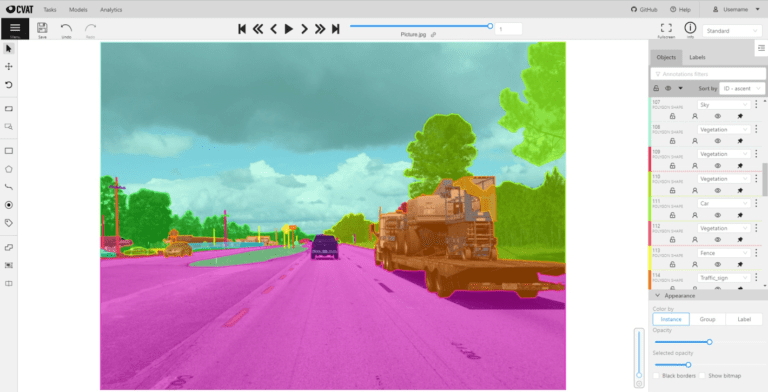
3. Visual Object Tagging Tool (VOTT)
The Microsoft team developed a visual Object Tagging Tool (VOTT) that uses computer vision to detect and tag movies and images. VOTT is available directly via their website if your data is stored in Azure Blob Storage or you use Bing Image Search. The simplest way to install VoTT on a local machine is to use the installation packages provided with each release. VoTT for Mac OS X, VoTT for Linux, and VoTT for Windows installation packages are all available.
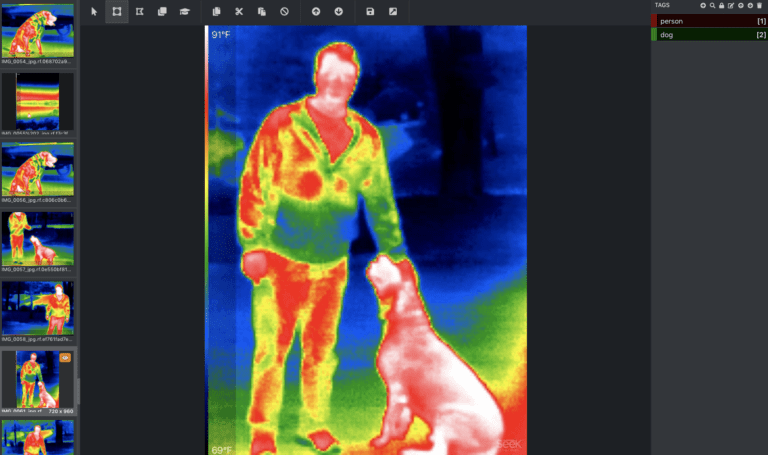
4. Labelme
Labelme, an open-source annotation library, was published in 2012 by the MIT Computer Science and Artificial Intelligence Laboratory. It can recognize, segment, and categorize objects based on their annotations (along with polygon, circle, line, and point annotations). Additionally, it enables you to annotate movies. The program is cross-platform, running on Ubuntu, macOS, and Windows, and is written in Python and Qt4 (or Qt5) (2 or 3).
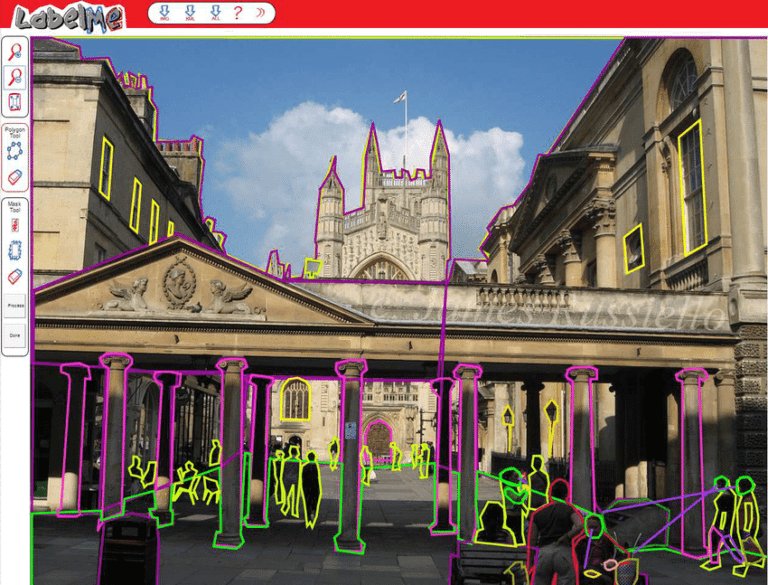
5. RectLabel
RectLabel is an image annotation tool for identifying pictures to detect and segment bounding box objects. RectLabel supports the PASCAL VOC format. Additionally, the label dialogue may be adjusted to work with characteristics. Even though RectLabel is a tool for image labelling that is more comfortable with Windows than LabelIMG, RectLabel is designed specifically for Mac OS X and is simple to use for any Mac user. It is completely free and offers a variety of useful tools for labelling photographs with bounding boxes and polygons, among other features.
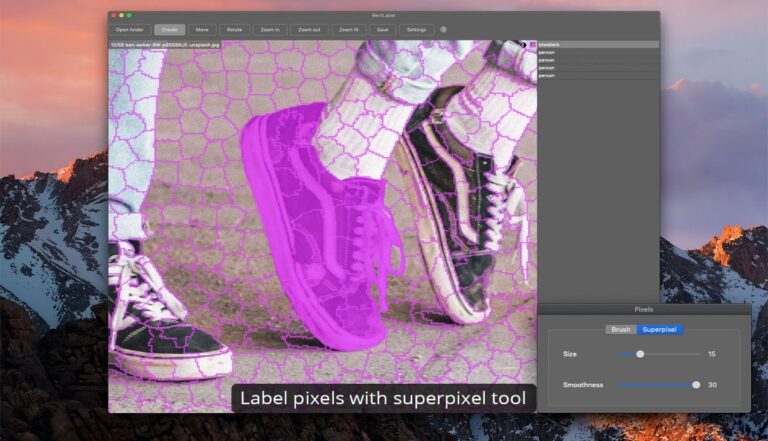
References
- Rohlfing, K., Loehr, D., Duncan, S., Brown, A., Franklin, A., Kimbara, I., … & Wellinghoff, S. (2014). Comparison of multimodal annotation tools. Gesprächsforschung–Online-Zeitschrift zur verbalen Interaktion, 7 (2006), 99-123.
- Dipper, S., Götze, M., & Stede, M. (2004, May). Simple annotation tools for complex annotation tasks: an evaluation. In Proceedings of the LREC Workshop on XML-based richly annotated corpora(pp. 54-62).
- Dybkjær, L., & Bernsen, N. O. (2004, May). Towards General-Purpose Annotation Tools-How far are we today?. In LREC.





